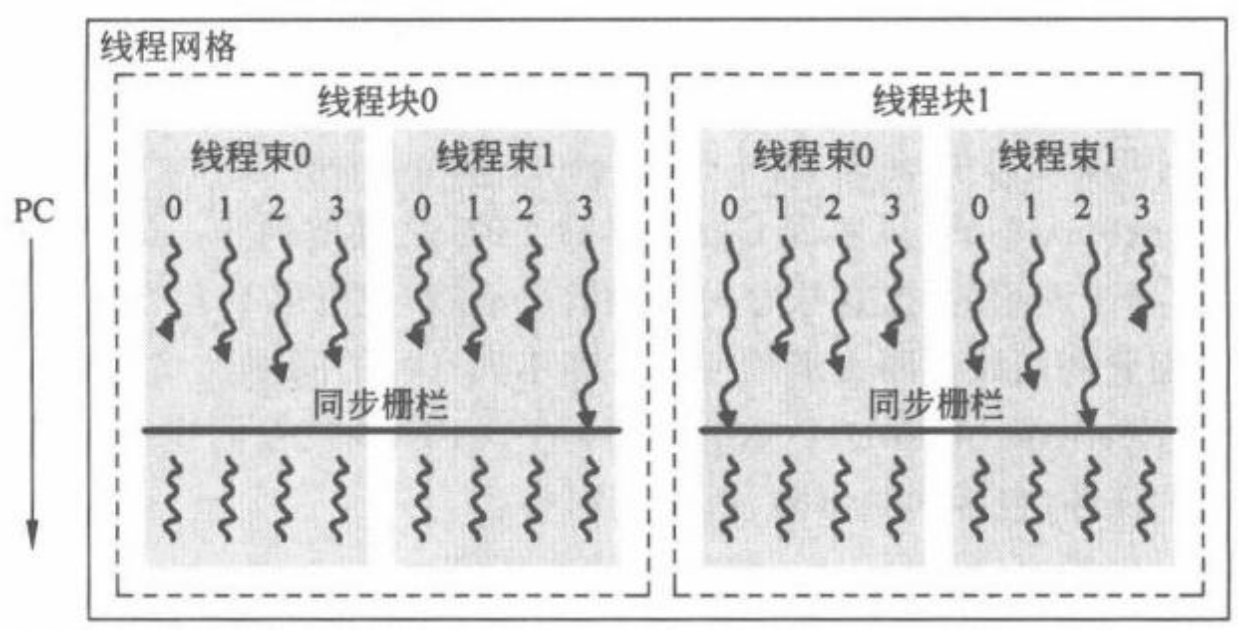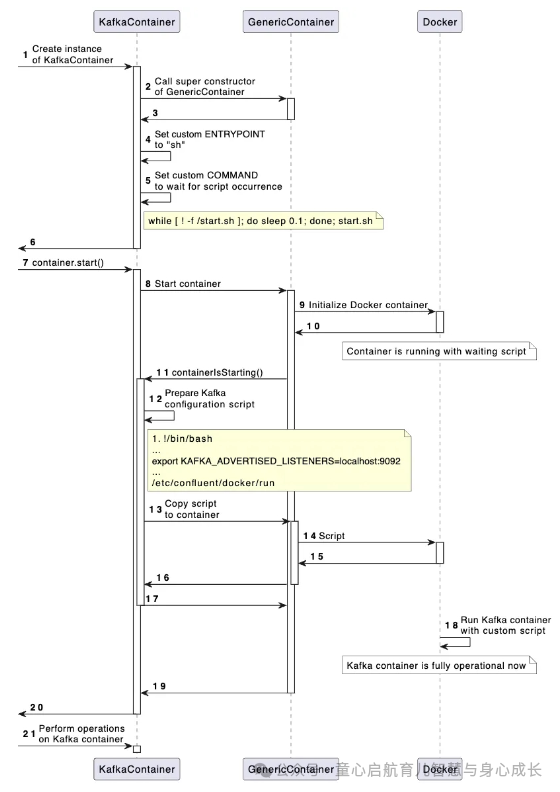Guava LocalCache源码分析:LocalCache的get、put、expand
- 前言
- 一、get
- 二、put
- 三、expand
- 相关链接
前言
上篇文章,详细描写了Guava LocalCache怎样如ConcurrentHashMap对缓存数据进行了分段存储。本章主要针对LocalCache重要的几个接口进行说明。
一、get
@CanIgnoreReturnValue@Override@CheckForNullpublic V get(@CheckForNull Object key) {if (key == null) {return null;}int hash = hash(key);return segmentFor(hash).get(key, hash);}@CanIgnoreReturnValueV get(K key, CacheLoader<? super K, V> loader) throws ExecutionException {int hash = hash(checkNotNull(key));return segmentFor(hash).get(key, hash, loader);}
如上代码,LocalCache的get方法首先根据key计算出hash值,并根据hash值找到对应的segment,再调用segment的get方法获取最终结果。
以传入loader参数的get方法为例,看一下segment如何获取值的。
@CanIgnoreReturnValueV get(K key, int hash, CacheLoader<? super K, V> loader) throws ExecutionException {checkNotNull(key);checkNotNull(loader);try {if (count != 0) {//不要调用getLiveEntry,这将忽略正在加载的值//根据key和hash获取值ReferenceEntry<K, V> e = getEntry(key, hash);if (e != null) {//获取当前时间long now = map.ticker.read();//判断该值是否过期V value = getLiveValue(e, now);//如果未过期if (value != null) {//记录读取时间recordRead(e, now);//累计命中+1,这里Guava似乎认为当多条线程在更新统计数据时,//而不是细粒度同步控制的情况下,LongAdder比AtomicLong更好用。statsCounter.recordHits(1);//检查是否需要刷新,如果设置了刷新时长且过了刷新时长,则刷新,否则返回该值return scheduleRefresh(e, key, hash, value, now, loader);}//值已经过期ValueReference<K, V> valueReference = e.getValueReference();//如果增在加载if (valueReference.isLoading()) {//等待并返回加载后的值return waitForLoadingValue(e, key, valueReference);}}}//segment中为空或者未获取到值//加锁,尝试从加载中的值中获取,若获取不到则调用load方法。return lockedGetOrLoad(key, hash, loader);} catch (ExecutionException ee) {Throwable cause = ee.getCause();if (cause instanceof Error) {throw new ExecutionError((Error) cause);} else if (cause instanceof RuntimeException) {throw new UncheckedExecutionException(cause);}throw ee;} finally {//累计到一定读取次数后,清理超时缓存postReadCleanup();}}
相关调用逻辑如图所示:

二、put
public V put(K key, V value) {checkNotNull(key);checkNotNull(value);int hash = hash(key);return segmentFor(hash).put(key, hash, value, false);}
同样,LocalCache的put方法也是首先根据key计算出hash值,并根据hash值找到对应的segment,再调用segment的put方法。
V put(K key, int hash, V value, boolean onlyIfAbsent) {//直接加锁lock();try {long now = map.ticker.read();//清理过期缓存preWriteCleanup(now);//数量+1int newCount = this.count + 1;if (newCount > this.threshold) {//扩容expand();//因为扩容后的segment内的缓存数量可能会变化,所以重新计算newCount = this.count + 1;}//找到要插入的位置,并获取该位置的头节点AtomicReferenceArray<ReferenceEntry<K, V>> table = this.table;int index = hash & (table.length() - 1);ReferenceEntry<K, V> first = table.get(index);//寻找该key是否存在for (ReferenceEntry<K, V> e = first; e != null; e = e.getNext()) {K entryKey = e.getKey();if (e.getHash() == hash&& entryKey != null//判断key是否相等&& map.keyEquivalence.equivalent(key, entryKey)) {//意味着map中存在该key//获取对应的值ValueReference<K, V> valueReference = e.getValueReference();V entryValue = valueReference.get();//如果值是空的if (entryValue == null) {++modCount;//判断该值是否在等待删除中if (valueReference.isActive()) {//将旧值移放入移除通知队列中,主要是Guava Cache有移除回调机制,故不能直接移除,队列方便用于回调通知。enqueueNotification(key, hash, entryValue, valueReference.getWeight(), RemovalCause.COLLECTED);//加入缓存setValue(e, key, value, now);//因为一删一增,所以,数量不变newCount = this.count; // count remains unchanged} else {//加入缓存setValue(e, key, value, now);//这里不知道为啥又算了一遍,可能是再setValue中存在某些机制导致count发生了变化?newCount = this.count + 1;}this.count = newCount; // write-volatile//移除旧值evictEntries(e);return null;} else if (onlyIfAbsent) {//onlyIfAbsent为true,如果存在于map中,仅更新访问时间recordLockedRead(e, now);return entryValue;} else {//删除现有缓存,计数保持不变++modCount;enqueueNotification(key, hash, entryValue, valueReference.getWeight(), RemovalCause.REPLACED);setValue(e, key, value, now);evictEntries(e);return entryValue;}}}//map中不存在,则插入++modCount;ReferenceEntry<K, V> newEntry = newEntry(key, hash, first);setValue(newEntry, key, value, now);table.set(index, newEntry);newCount = this.count + 1;this.count = newCount; // write-volatileevictEntries(newEntry);return null;} finally {//解锁unlock();//清除过期缓存postWriteCleanup();}}
可见,整个put过程是用了锁保证执行的线程安全。
三、expand
LocalCache的扩容也是对段进行的扩容,当段的大小超过阈值时,便会出发扩容(详细见上面的put函数),段的阈值为段大小的3/4,而每次扩容段的大小会变为原来的2倍。
代码如下:
@GuardedBy("this")void expand() {AtomicReferenceArray<ReferenceEntry<K, V>> oldTable = table;int oldCapacity = oldTable.length();//如果容量超过最大容量,直接返回if (oldCapacity >= MAXIMUM_CAPACITY) {return;}int newCount = count;//新段的大小是旧段的两倍AtomicReferenceArray<ReferenceEntry<K, V>> newTable = newEntryArray(oldCapacity << 1);//阈值为新段大小的3/4threshold = newTable.length() * 3 / 4;//因为段扩容,所以要重新计算哈希映射int newMask = newTable.length() - 1;for (int oldIndex = 0; oldIndex < oldCapacity; ++oldIndex) {//我们需要保证对旧map的任何现有读取都可以继续进行。所以我们还不能清空旧段。ReferenceEntry<K, V> head = oldTable.get(oldIndex);if (head != null) {ReferenceEntry<K, V> next = head.getNext();int headIndex = head.getHash() & newMask;// Single node on listif (next == null) {//对于单个的节点的,直接插入新段中newTable.set(headIndex, head);} else {//重复使用列表末尾具有相同目标索引的连续节点序列。tail指向可重用序列中的第一个节点。ReferenceEntry<K, V> tail = head;int tailIndex = headIndex;for (ReferenceEntry<K, V> e = next; e != null; e = e.getNext()) {int newIndex = e.getHash() & newMask;if (newIndex != tailIndex) {tailIndex = newIndex;tail = e;}}//将可重用序列中的第一个节点放入新映射位置newTable.set(tailIndex, tail);//将头尾之间的节点重新映射到新段中for (ReferenceEntry<K, V> e = head; e != tail; e = e.getNext()) {int newIndex = e.getHash() & newMask;ReferenceEntry<K, V> newNext = newTable.get(newIndex);//拷贝当前节点作为新的头节点,并将映射位置的头节点链接到当前节点e的next。ReferenceEntry<K, V> newFirst = copyEntry(e, newNext);if (newFirst != null) {//如果拷贝的新头节点不为null,则set到新段中newTable.set(newIndex, newFirst);} else {//否则,删除eremoveCollectedEntry(e);newCount--;}}}}}table = newTable;this.count = newCount;}
其中,对段节点的重映射逻辑如图所示:

据Guava统计,在默认阈值下,当表加倍时,只有大约六分之一的表需要克隆(意思是,其余的节点都重复使用了,“论tail的使用方法…”)。这里需要留意的是Cache在重映射时,是将后续节点作为头节点插入到冲突位中,即首插入。故,新表映射的链路顺序与旧表会有比较大的区别。
相关链接
- Guava LocalCache源码分析:LocalCache生成
- Guava LocalCache源码分析:LocalCache的get、put、expand、refresh、remove、clear、cleanUp(二)


















